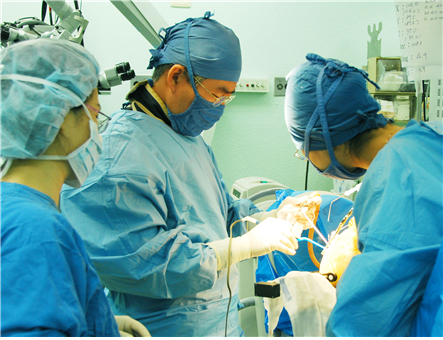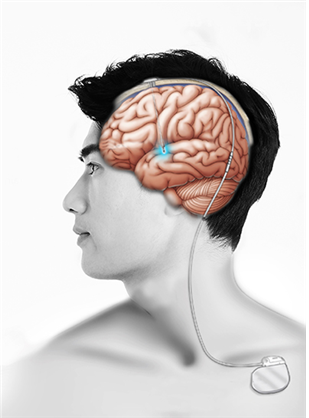RELATED Live.
- About us
- KIMA Members
-
KIMA Doctors
- All
- Anesthesiology
- artificial joint center
- Breast and Endocrine Surgery
- Breast cancer and thyroid cancer center
- Breast Surgery
- Cardiology
- Cardiothoracic Surgery
- Cerebrovascular Center
- Colorectal Surgery
- dental and maxillofacial surgery
- Dermatology
- Endocrinology
- Gastroenterology
- General Surgery
- Genito-Urology
- Hematology
- Hemato-oncology
- Infection Center
- Internal Medicine
- International Healthcare Center
- Korean Medicine
- liver center/Pancreas and billiary tract center
- Liver Transplantation
- Neurology
- Neurosurgery
- Obstetrics & Gynecology
- Ophthalmology
- Orthopedic
- Otorhinolaryngology
- Pediatric & Juvenile
- Pediatric Allergy and Respiratory Diseases
- Pediatric Gastroenterology
- Pediatric Neurology
- Pediatrics
- Physical Medicine & Rehabilitation
- Plastic & Reconstructive Surgery
- plastic surgery
- Pulmonology
- Radiation oncology
- Rheumatology
- Thyroid & Endocrine Surgery
- Urology
- Vascular Surgery
- KIMA News
- KIMA Live
- Community
KIMA NEWS
-A research team of Seoul National University predicts symptom improved after Parkinson's Brain Stimulation
-Incorporating artificial intelligence into microelectrode measurement, they open up new possibilities for target setting

Prof. Sunha Paik, who performs brain stimulation, can predict the result by analyzing the microelectrode measurement signal with artificial intelligence during brain stimulation implantation for Parkinson's disease.
With more data and experience accumulated in the future, it is expected to be of great help in treatment.
The research team of prof. Seonha Paik, prof. Heechan Kim, and prof. Seokgyu Seon of Seoul National University Hospital, and prof. Gwanghyun Park of Sejong Chungnam National University Hospital analyzed the microelectrode measurement records of 34 Parkinson's disease patients who underwent brain stimulation under general anesthesia, using artificial intelligence deep learning techniques to predict clinical outcomes after surgery.

Parkinson's disease occurs when dopamine neurons located in the midbrain are lost about 70% compared to those of normal people without specific cause. It is the most common senile degenerative brain disease next to Alzheimer's disease, and about 2 out of 100 people over 65 are observed.
Tremors, stiffness, postural anxiety, and walking disorders are symptoms of Parkinson's disease. A typical treatment to suppress the onset of symptoms is brain stimulation.
It regulates neural circuits by inserting electrodes into abnormal areas of the brain and stimulating them. It is critical to find the correct and appropriate target.
In the operating room, a surgeon punctures patient's skull, places microelectrodes in the brain region determined using MRI, and measures the electrical signals generated from the brain by gradually moving the position.
Meanwhile, the surgeon analyzes the recorded electrical signal and inserts the actual stimulation electrode in the position where the effect is expected to be the best.

The research team of mimetic diagram who inserts stimulation electrodes, applying brain stimulation, analyzes the signals obtained through microelectrodes with artificial intelligence deep learning and predicts the results.
After that, the team has sorted patient's condition after the actual surgery based on the level of improvement and compared them with the artificial intelligence prediction. Brain stimulation is performed on both sides of the brain, considering that the effects of each electrode on the left and right side will be different, and the amount to the left and right is applied differently using multiple structures within the artificial intelligence algorithm.
The ratio of 5:1 and 6:1 showed the highest prediction accuracy, reaching a maximum of 80.21%. The research team reported that it showed similarity to the functional structure of the actual basal ganglia of the cranial nerve.
Prof. Sunha Paik (Dept. of Neurosurgery) said, "It will be a new paradigm for finding the optimal target when we perform brain stimulation in Parkinson's disease."
Prof. Heechan Kim (Dept. of Biomedical Engineering) revealed the significance of the research as ‘a new attempt, applying deep learning techniques to predict the prognosis of brain stimulation transplantation,’ and forecasted, "More clinical decision support systems using artificial intelligence techniques will be developed in the future."
This research, which first attempted to predict surgical outcomes using artificial intelligence for microelectrode measurement signals, was published in the latest issue of the international journal 'PLOS ONE'.
Inquiry